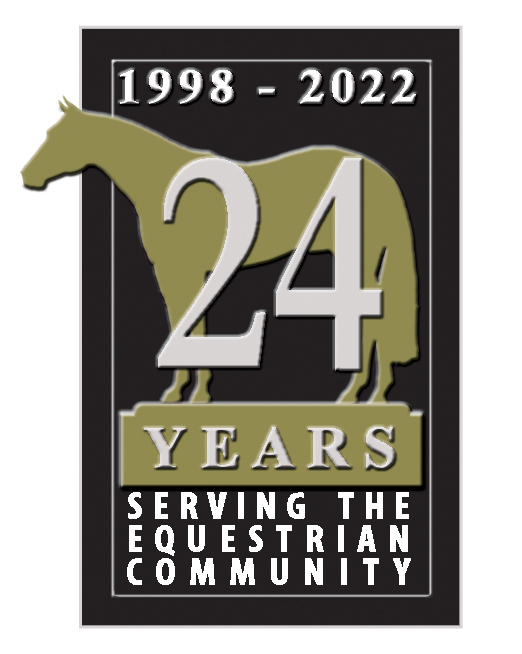TAHC News – Equine Herpesvirus Awareness
May 16, 2011An outbreak of Equine Herpesvirus (EHV-1) has been traced to horses that attended the National Cutting Horse Association’s (NCHA) Western National Championships in Odgen, UT on April 30 – May 8, 2011.š Affected horses have been identified in Colorado. Additional states have possible cases pending and/or are looking for animals that attended the event and returned home.
Texas does not currently have any confirmed positives. The Texas Animal Health Commission (TAHC) has identified all horses that attended the show in Utah and are currently working on contacting the equine owners and advising them to isolate exposed horses for at least two weeks, follow good biosecurity practices and watch for possible clinical signs.
EHV-1 Information Equine Herpes Virus is a common virus in equine populations worldwide. There are several strains of the virus, with EHV-1 and EHV-4 being most often involved in clinical disease. EHV-1 can cause respiratory disease, abortion and neurologic disease. The neurologic disease is sometimes referred to as Equine Herpes Myeloencephalopathy (EHM.)š Although EHV-1 is highly contagious among horses, it does not pose a threat to human health.
Transmission EHV is transmitted primarily by aerosol and through direct and indirect contact. Aerosol transmission occurs when infectious droplets are inhaled. The source of infectious droplets is most often respiratory secretions. In the case of abortions, virus may be present in the placenta, fetal membranes and fluid, and aborted fetuses.
Direct horse-to-horse contact is a common route of transmission of the virus, but indirect transmission is also important. This occurs when infectious materials (nasal secretions, fluids from abortions, etc.) are carried between infected and non-infected horses by people or fomites (inanimate objects such as buckets, etc).
Signs of EHV-1
Fever is one of the most common clinical signs and often precedes the development of other signs. Respiratory signs include coughing and nasal discharge. Abortions caused by EHV generally occur after 5 months of gestation. Neurologic signs associated with EHM are highly variable, but often the hindquarters are most severely affected. Horses with EHM may appear weak and uncoordinated. Urine dribbling and loss of tail tone may also be seen. Severely affected horses may become unable to rise.
It is important to remember that none of these signs are specific to EHV, and diagnostic testing is required to confirm EHV infection. Also, many horses exposed to EHV never develop clinical signs.
What to do if you suspect your horse has been exposed If you suspect your horse has been exposed to EHV, contact your veterinarian. In general, exposed horses should be isolated and have their temperatures monitored twice daily for 10 days. If an exposed horse develops a fever or other signs consistent with EHV infection, diagnostic testing should be performed. Testing of healthy horses is generally not recommended.
Useful Links/Resources
. http://www.nchacutting.com/ag/shows/pdf/csu_20110515.pdf
. http://www.aaep.org/pdfs/control_guidelines/Equine%20Herpes%20Virus.pdf
. http://www.aphis.usda.gov/vs/nahss/equine/ehv/

